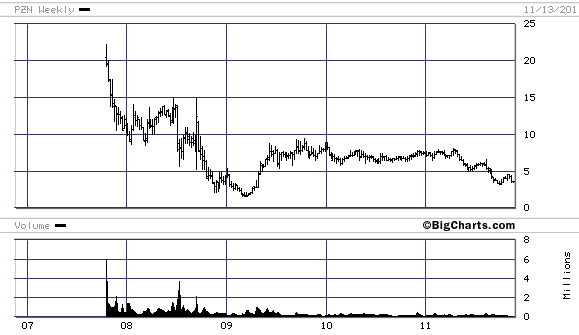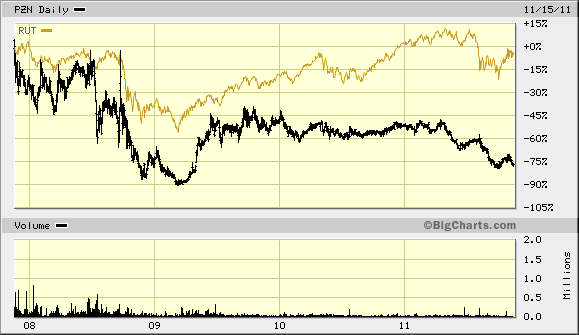This is includes an important reading found here: http://www.scribd.com/doc/75125923/Capital-Structure-and-Stock-Repurchases-Value-Vault. Also in the Value Vault.
The 58-page document will start with buy backs from a corporate finance (an insider’s) perspective as described by Mr. Louis Lowenstein, the CEO of Supermarkets General and a Law Professor at Columbia University. Then you will read what the masters, Buffett and Graham had to say on the subject. If, when and how a company buys back its shares says a lot about the business and capital allocation skills of management as the Case Studies of Teledyne Corporation and others will show. You will learn the importance of context and circumstance as the principles of good and bad capital allocation are applied. I hope you find the lessons instructive.
From the introduction
Whether the business is a franchise or not, management has two major jobs: operate the business efficiently which is critical in a non-franchise business since earning the company’s cost of capital is the best outcome and allocating capital effectively. Growth is only profitable in a franchise business, therefore capital allocation is critical for shareholder returns. If a franchise’s core business is unable to grow, often free cash-flow can’t be redeployed at the same high returns. Capital might need to be returned to shareholders but how much and in what way?
Thinking about what management will do with excess cash is important for your valuation work. Should the excess cash on the balance sheet be discounted heavily because management tends to make poor choices (Greenblatt) or will management buy-in shares, causing the per share value to rise (Duff & Phelps valuation case study)? You will be given a corporate insider view on these issues.
Share repurchase programs should be an integral part of a company’s capital allocation process, one in which management weighs reinvestment opportunities not only against the alternative of cash dividends but also both of those alternatives against a third alternative, the buyback of common stock. Management has several capital allocation alternatives:
Business Needs: Working capital, Capital expenditures, and Mergers & acquisitions
Return Capital to Shareholders: Dividends, Share buybacks, and Debt repayment
You will gain many insights from your reading.
Supplementary materials from a reader:
http://www.capatcolumbia.com/MM%20LMCM%20reports/Clear%20Thinking%20about%20Share%20Repurchase.pdf


